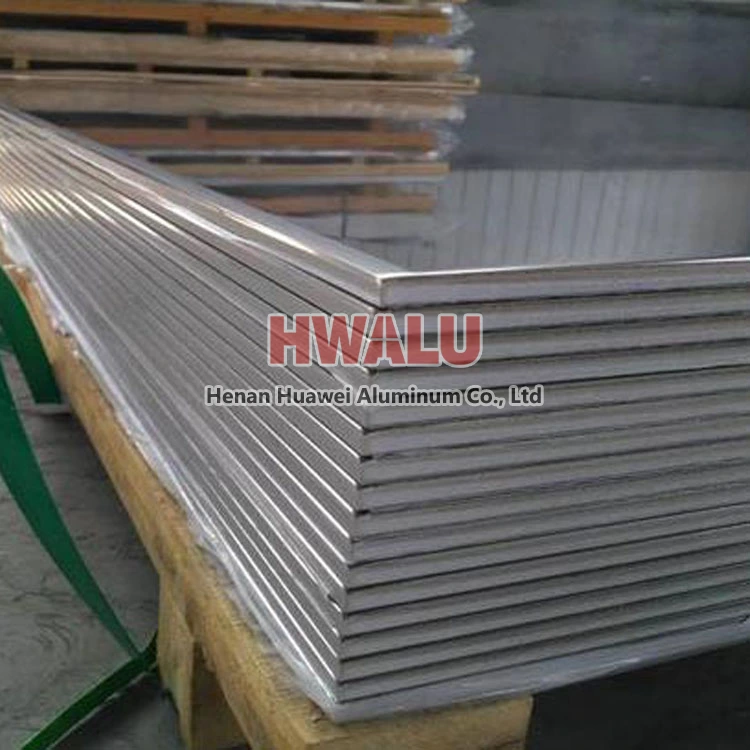Pharmaceutical easy-tear aluminum strip foil Pharmaceutical easy-tear aluminum strip foil is a common pharmaceutical packaging material, usually used to package pharmaceuticals such as oral tablets and capsules. It has the advantages of easy tearing, good sealing, moisture resistance, and oxidation resistance, which can effectively protect the quality and safety of medicines. Pharmaceutical easy-tear aluminum ...
What is aluminum foil for induction Aluminum foil for induction is a special aluminium foil material with the function of electromagnetic induction heating. It is commonly used to seal the lids of bottles, jars or other containers for sterile, airtight packaging. In addition, aluminium foil for sensing also has the advantages of easy operation, high efficiency and environmental protection. The working princi ...
What is aluminum foil for bowls Aluminum foil for bowls refers to a kind of aluminum foil material used to cover food in bowls. It's usually a sheet of aluminum foil that wraps easily around the bowl and keeps food fresh and warm. Aluminum foil for bowls is commonly used for storing and heating food and can be used in the microwave or oven. There are multiple benefits to using aluminum foil for bowls, it can ...
What is 5052 alloy aluminum foil? 5052 aluminum foil is a common aluminum alloy material, which is composed of aluminum, magnesium and other elements, and has the characteristics of medium strength, good corrosion resistance and weldability. It is a common aluminum alloy material for industrial use, usually used in the production of fuel tanks, fuel pipelines, aircraft parts, auto parts, building panels, etc. 5 ...
Alloy parameters of aluminum foil for chocolate packaging Chocolate packaging aluminum foil is usually composed of aluminum and other alloying elements to increase its strength and corrosion resistance. Alloy series 1000, 3000, 8000 series aluminum alloy Alloy state H18 or H19 hardened state Alloy composition pure aluminum containing more than 99% aluminum, and other elements such as silicon, ...
The most commonly used aluminum foil alloy in food packaging applications is 8011. Aluminum alloy 8011 is a typical alloy of aluminum foil and has become the industry standard for food packaging due to its excellent properties. Here are some reasons why alloy 8011 is ideal for food packaging: Good Barrier Performance: The aluminum foil made of 8011 alloy can effectively block moisture, oxygen and light, helpin ...
Pre-coated aluminum foil used for punching various containers, commonly used alloy 8011, 3003, 3004, 1145, etc., thickness is 0.02-0.08mm. Oiling thickness is 150-400mg/m². The use of aluminum foil as a semi-rigid container to hold food has been widely adopted at home and abroad. With the continuous development of the national economy and the continuous improvement of people’s living standards, people’s health ...
Common aluminum foil materials are 8011 aluminum foil and 1235 aluminum foil. The alloys are different. What's the difference? Aluminum foil 1235 aluminum foil is different from 8011 aluminum foil alloy. The process difference lies in the annealing temperature. The annealing temperature of 1235 aluminum foil is lower than that of 8011 aluminum foil, but the annealing time is basically the same. 8011 aluminum foi ...
▌ Make bananas last longer Like avocados, bananas can go from underripe to overripe in the blink of an eye. This is because bananas release a gas called ethylene to ripen, and the stem is where the most ethylene is released. One way to prevent bananas from ripening too quickly is to wrap a small piece of aluminum foil around the stem. ▌ Polishing chrome with aluminum foil It can be used in places ...
1. The raw materials are non-toxic and the quality is safe Aluminum foil is made of primary aluminum alloy after rolling through multiple processes, and it has no harmful substances such as heavy metals. In the aluminum foil production process, a high-temperature annealing and disinfection process is used. Therefore, the aluminum foil can be safely in contact with food and will not contain or help the growth o ...
Have you ever eaten grilled fish or sixty-six, and you must have seen this tin foil, but have you seen this thing used in indoor spaces? That's right it's called decorative foil (decorative tin foil). Generally, it can be used on walls, top cabinets, or art installations. Aluminum foil (tinfoil paper) can be kneaded out of wrinkles, resulting in a very unique and abstract reflective texture, and the appeara ...






